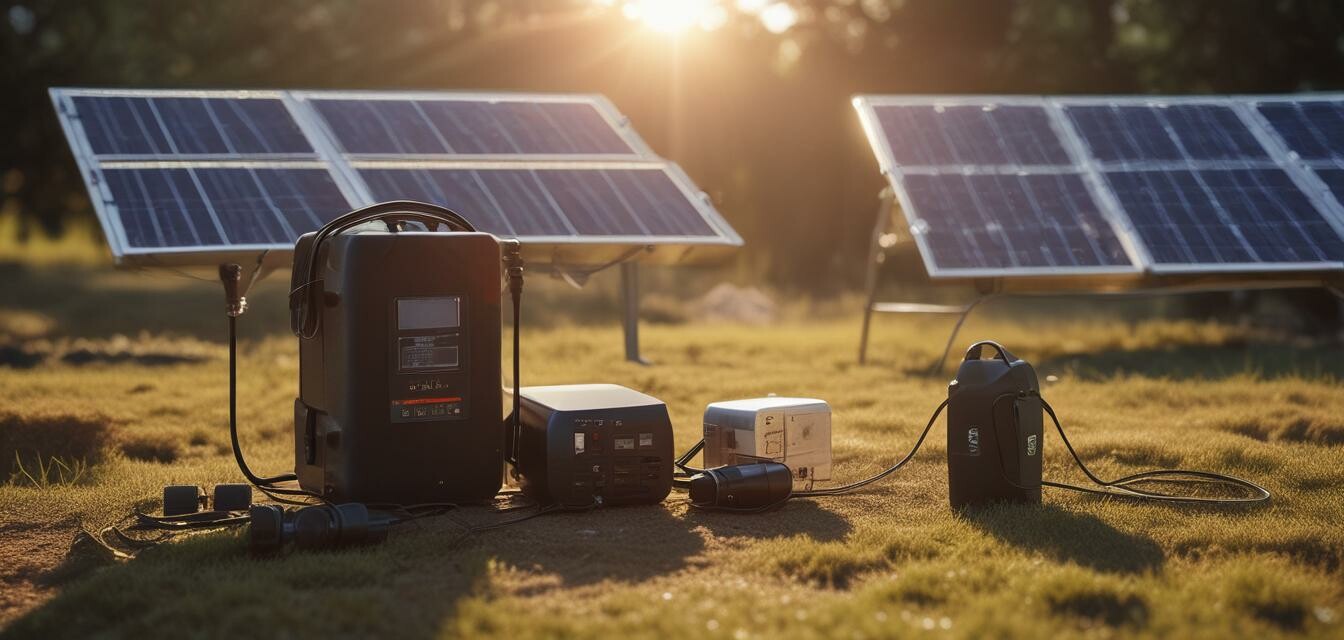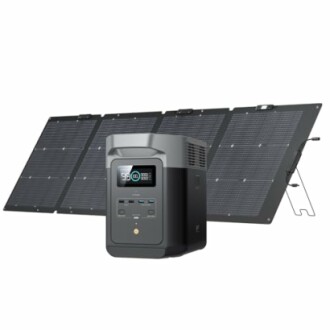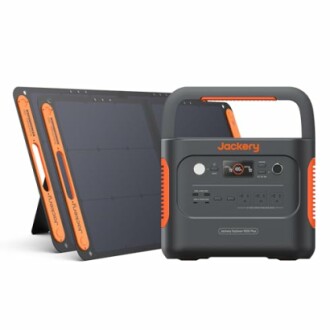
Tips for Maintaining Your Solar Charging Kits
Key Takeaways
- Regularly inspect and clean solar panels to ensure maximum efficiency.
- Store your solar charging kits properly when not in use.
- Monitor battery health and replace when needed.
- Keep cables and connectors in good condition to avoid power loss.
- Test your system periodically to ensure it's ready for emergencies.
Solar charging kits are essential tools for maintaining power during emergencies, like power outages or camping trips. However, to maximize their potential, it's crucial to maintain them properly. Here, we'll explore some key tips for keeping your solar charging kits efficient and functional.
Why Maintenance is Important
Regular maintenance ensures that your solar charging kits work at peak performance and prolongs their lifespan. Proper care not only means you'll have reliable power when you need it but also can save you money in the long run by preventing costly repairs or replacements.
Essential Maintenance Tips
1. Regularly Inspect and Clean Solar Panels
Cleaning your solar panels is one of the most critical aspects of solar maintenance. Dust, dirt, leaves, and debris can block sunlight, reducing efficiency.
- Frequency: Inspect and clean every 3-6 months.
- Method: Use a soft brush or cloth with a mild soap solution.
- Tip: Avoid using abrasive materials that can scratch the panels.
2. Store Properly When Not in Use
When you aren't using your solar charging kits, store them correctly to protect them from elements that can cause damage.
- Keep your kits in a dry place away from direct sunlight.
- Store batteries at a moderate temperature (ideally around 60-75°F).
- Use original packaging or durable boxes to prevent physical damage.
3. Monitor Battery Health
The battery is a crucial component of your solar charging kit. Keeping it healthy will ensure consistent power supply.
- Check battery voltage regularly to detect any issues early.
- Replace batteries when they show signs of wear (typically every 2-5 years).
4. Keep Cables and Connectors in Good Condition
Faulty cables and connectors can lead to power loss or system failure. Inspect them regularly.
- Look for frays, cracks, or corrosion.
- Clean connectors gently with a dry cloth.
- Replace any damaged cables immediately to prevent further issues.
5. Test Your System Periodically
Regular testing ensures your solar charging kit is functional and ready for emergencies.
- Run a full system test every 6 months.
- Simulate a power outage to see if the system works as expected.
- Keep a log of battery performance and maintenance performed.
Products to Enhance Your Solar Charging Kit
When maintaining the performance of your solar systems, having reliable equipment is essential. Here are two top products that can complement your solar charging efforts:
EF ECOFLOW Solar Generator DELTA2
This powerful solar generator comes with a 220W solar panel, offering reliable backup power for your home, camping, or RV needs.
Learn MoreJackery 1000 Plus Solar Generator
Offers expandable home backup power with a 1264Wh capacity and two solar panels, making it perfect for off-grid living and emergencies.
Learn MoreFinal Thoughts
Maintaining your solar charging kits ensures you're always prepared during emergencies. By following these tips, you can maximize efficiency and prolong the lifespan of your equipment.
Further Reading
For additional resources on solar power and energy backup, check out these articles:


